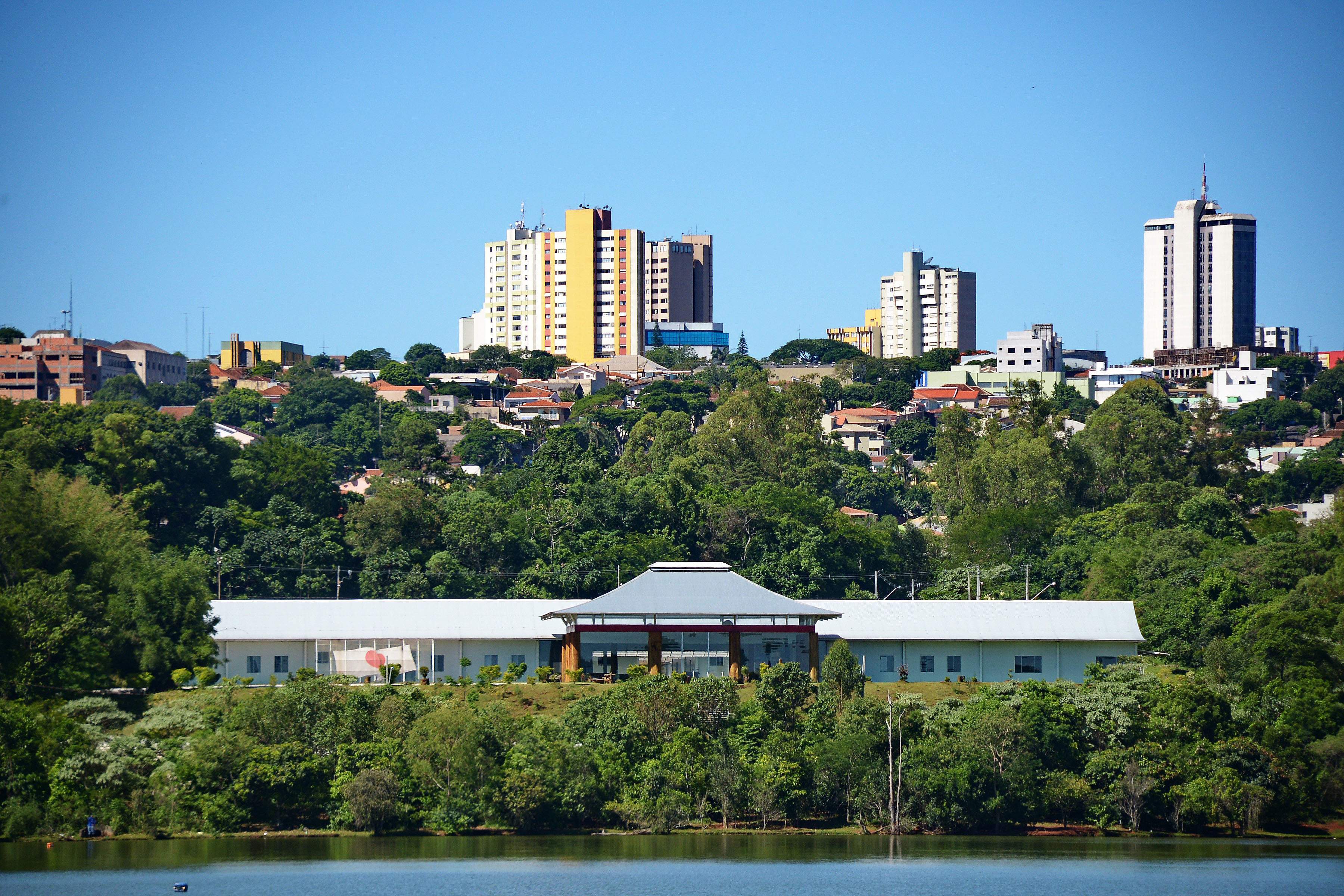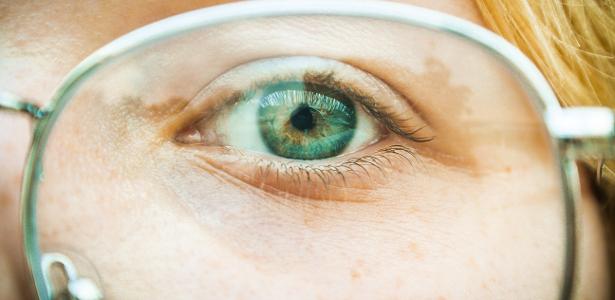:strip_icc()/i.s3.glbimg.com/v1/AUTH_e536e40f1baf4c1a8bf1ed12d20577fd/internal_photos/bs/2024/y/m/FVwpmETrA3H2ofO0ZEoQ/7f15f5a0-0f84-11ef-82e8-cd354766a224.jpg)
The northern lights made a rare appearance across the UK on Friday night (10/5).
Many people shared pictures of these lights on social media, which appeared even in the south of the country, where this sight is much rarer.
It is possible, according to experts, that the lights will reappear on Saturday evening (11/5).
- Read also: Arctic villa for rent on Airbnb overlooking the Northern Lights
- Read more: An intense solar storm hits Earth and generates beautiful northern lights all over the planet; look at the pictures
The northern lights have become visible in many countries after one of the strongest geomagnetic storms in years hit the Earth.
The US National Oceanic and Atmospheric Administration (NOAA) even issued a rare solar storm warning.
These storms increase people's chances of seeing the lights.
The severe geomagnetic storm that occurred on Friday was classified as the highest, and is called G5.
The National Oceanic and Atmospheric Administration (NOAA) warned that storms of this size could affect infrastructure, including satellites and the power grid. However, there have been no reports of service outages so far.
Clear skies, as happened on Friday night, allowed people almost everywhere in the UK to see the northern lights.
The phenomenon has also been recorded in other countries, as shown in the photos illustrating this report.
In North America, the National Oceanic and Atmospheric Administration (NOAA) said the lights were seen as far south as Alabama and as far north as California.
Many northern European countries also enjoyed this scene.
Cameras captured bright pink skies over Austria and purple over Germany. In addition, observers in Slovakia, Switzerland, Denmark and Poland recorded the light show.
The lights were also captured in China, with fuchsia skies photographed in the north of the country.
How rare is it to see the northern lights in places like the UK?
The last time a severe geomagnetic storm hit Earth was in 2003, so Friday's event was considered rare.
In the United Kingdom, for example, it is common to see the northern lights only in areas to the north.
However, there have been more occasions in the past year where Britons have been able to spot a faint display of the aurora borealis in southern parts of the UK.
This is because in the solar cycle, which lasts 11 years, we are approaching “solar maximum,” where there are naturally more sunspots on the surface of the Sun.
Sunspots resemble massive volcanoes that expel charged particles in a coronal mass ejection (CME). With more of them around now, there is a greater chance of more frequent and stronger auroral activity.
It's also worth noting that since science can predict these events better, and since many people today have smartphones capable of capturing the bright lights of the aurora, there has been an increase in aurora sightings in the past two decades.
As always, any location away from light pollution, with a clear view of the night sky, will give you the best chance of seeing the Northern Lights.
What makes the sky pink in the Northern Lights?
The aurora borealis is nature's spectacular light show that occurs when explosions on the Sun's surface – called solar flares – collide with gases in Earth's atmosphere, creating shimmering bands tinged with red, green and purple.
It is caused by the collision of charged particles from the Sun with gases in the Earth's atmosphere. The colors are caused by various gases in the Earth's atmosphere that are activated by charged particles.
The two most common gases in Earth's atmosphere are nitrogen and oxygen. Oxygen atoms glow green, the color often seen in the aurora borealis, while nitrogen atoms emit purple, blue and pink.
The most impressive aurorae occur when the Sun emits very large clouds of particles called “coronal mass ejections.”
With reports by BBC Weather's Simon King and BBC News' Jacqueline Howard.

“Friendly zombie guru. Avid pop culture scholar. Freelance travel geek. Wannabe troublemaker. Coffee specialist.”

:strip_icc()/i.s3.glbimg.com/v1/AUTH_59edd422c0c84a879bd37670ae4f538a/internal_photos/bs/2023/C/5/A4lWrPQSSw0QsBXkdijQ/greve-medicos.jpg)



